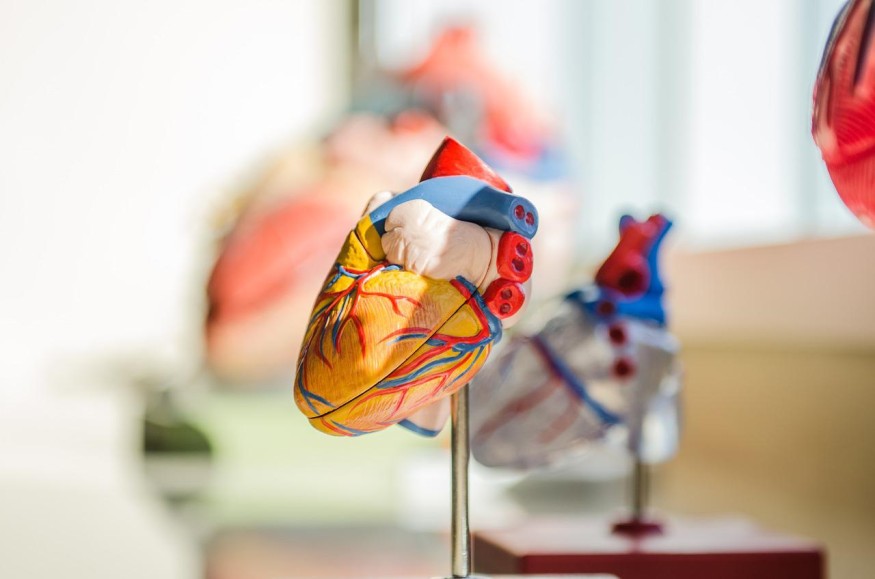The human body is pretty ingenious when repairing itself. One organ that has caught the attention of scientists is the heart that patches itself up after a heart attack, scientifically known as myocardial infarction. Studies on the self-healing mechanism of the heart aim to find clues that could lead to better treatments for heart health problems.
Now, new research reveals that the body's immune response and lymphatic system play a vital role in the self-healing mechanism of the heart after a heart attack damages the heart muscle.

Macrophages Crucial for Human Heart Repair
The new study, titled "Macrophage-produced VEGFC is induced by efferocytosis to ameliorate cardiac injury and inflammation," published in the Journal of Clinical Investigation, revealed that macrophages play a key role in repairing the heart. The specialized cells are the first responders that can destroy bacteria or initiate helpful inflammatory responses.
According to Science Alert, macrophages produce the protein vascular endothelial growth factor C (VEGFC) after a heart attack to eat damaged or dead tissues. However, not all macrophages are good because some macrophages cause a pro-inflammatory response that can cause further harm.
Macrophages clear away the dying cells of the heart so it can repair itself in a process called efferocytosis that is observed in the lab and mice models. The team pointed out how the good macrophages could produce VEGFC protein to do a proper repair job.Pathologist Edward Thorp from Northwestern University in Illinois says that the challenge now is to find a way to either administer VEGFC or coax macrophages to induce VEGFC production to speed the heart repair process. Further studies are needed to understand more about the process of efferocytosis that triggers the VEGFC protein required in heart muscle repair.
Why Self-Healing Mechanism of the Heart is Limited
In May 2020, researchers from the University of Pittsburgh Medical Center (UPMC) published a study revealing the self-healing mechanism of the heart and why heart muscle cells are limited in their ability to regenerate.
According to the news release, the study shows that the limiting factor is the protein Lamin B2 that resides on the outer layer of the nucleus of the cells. They found that heart muscle cells stopped dividing in adult mice due to the lack of protein. In contrast, the genetically engineered mice express that more of the Lamin B2 protein has begun to replicate heart muscle cells and regenerate heart tissue.
Lead author Dr. Lu Han explains that myocardial infarction could cause heart failure in the long term because heart muscle cells cannot proliferate. Tissue regeneration requires mitosis as skin cells do, but heart muscles stop proliferating after infancy.
So when the heart loses Lamin B2 protein, it causes the heart muscle cells called cardiomyocytes to get stuck together when they try to divide, decreasing the success rate of cell division.
RELATED ARTICLE : Genes Potentially Responsible for Coronary Heart Disease Triggers Cardiovascular Occurrences
Check out more news and information on Heart Health in Science Times.
© 2026 ScienceTimes.com All rights reserved. Do not reproduce without permission. The window to the world of Science Times.










